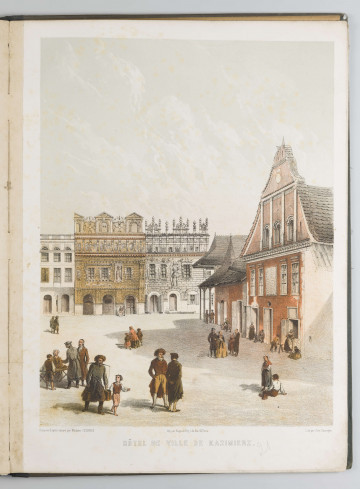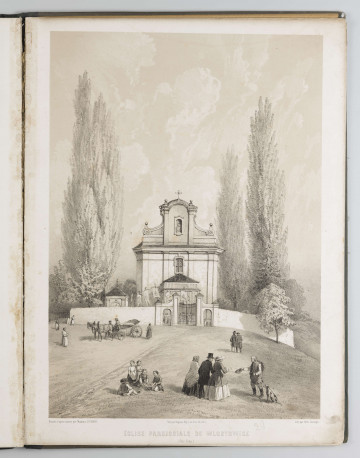
Landscape with a small church
1897
National Museum in Lublin
Part of the collection: European painting
There were many specialized painting centres in 17th century Netherlands. They satisfied a huge demand for paintings. Peter Mundy, an Englishman who visited Amsterdam in 1640, wrote about this surprising need for almost everyone to have works of art: “[...] all [the Dutch] compete with each other as to who can decorate their house more beautifully. Particularly costly works of art are hung outside, or in rooms visible from the street; also butchers and bakers, as well as blacksmiths and shoe repairers decorate their forges and workshops with paintings, especially during fairs”. At the turn of the 16th and 17th centuries, the demand for paintings resulted in an extraordinary variety of subjects. Such a popular subject as landscape underwent an evolution from fantasy landscapes to compositions with native or exotic features. Travel, which became part of the lives of Dutch citizens of the time, expanded knowledge and awakened interest in the surrounding world. Those who travelled across the Alps to Italy or Vienna saw completely new landscapes that delighted them. After returning home, they searched for artistic views of the newly learned representations of mountains. They willingly surrounded themselves with such images. A painter working in the flatlands of the Netherlands had to learn to paint mountains that were not to be found in his country. In addition to the travels that inspired artists, engravings and drawings were invaluable aids to this kind of work, available through the numerous textbooks, handbooks, and dictionaries that emerged. Such pattern books were popular among artists in the second half of the 17th century and were certainly used by the author of the Riverside Landscape with Architecture. The picturesque motif of alpine rocks was shown in the background of the painting. In accordance with established traditional principles, the composition combines the representation of various human dwellings with realistic high-mountain nature. The effect of the picturesqueness of the wide landscape with a low horizon line works on the senses and emotions. Silhouettes of hikers on the river bank, painted in vivid colours, bring to mind the atmosphere of a journey, both in space and in relation to the journey through life, with the need to overcome numerous difficulties encountered every day.
Magdalena Norkowska
Author / creator
Dimensions
cały obiekt: height: 57 cm, width: 38 cm
Object type
painting
Technique
oil technique
Material
plank, oil-based paint
Creation time / dating
Creation / finding place
Owner
The National Museum in Lublin
Identification number
Location / status

1897
National Museum in Lublin

1860
National Museum in Lublin

1860
National Museum in Lublin
DISCOVER this TOPIC
Museum of King Jan III's Palace at Wilanów
DISCOVER this PATH
Educational path